Japan is known for different cuisines that originated hundreds to thousands of years ago. They are one of the countries that highly value their traditions that they are able to incorporate these with their daily lives. The most common tradition that their ancestors have passed down to younger generations is the recipe of their cultural cuisines. This is why Japan is famous for their preservation of original recipe of traditional food.
Miwa Somen is popular during summer season. Since it is usually served cold, Japanese people find this refreshing to eat when the temperature is high. It is also the perfect dish to serve for one’s group of friends as this is more enjoyable when shared with others.
History of Miwa Somen

Miwa Somen originated in Omiwa Shrine, the oldest shrine not just in Miwa but in whole Japan. The creation of Somen was ordered by the priest to suffice the hunger of the town people. It is believed to be around one thousand two hundred (1200) years now. This was even before ramen and udon were introduced. Somen “素麺” are thin noodles made with wheat flour and is usually high in sodium. It is said that Somen is highly influenced by China. They learned to extend the noodles with the help of oil. As time passed by, technology improved the production of Miwa Somen. A grinder was then added to the production process so the noodles became thinner and longer. Also, the name “Somen” was named after the Chinese word “Soumenu”. Up to this day, Miwa Somen is famous for its high quality and long history.
Apparently, this kind of noodles is used not just in Japan but also in other East Asian countries such as China and Korea. It is typically less than 1.3mm in diameter and served cold with “shoyu” and “dashi”. Somen is almost identical to Hiyamugi “冷麦” – another Japanese thin noodles.
However, the standout characteristic of Miwa Somen is that the thinner the noodles are, the better it is. The highest and most expensive grade would only be around 0.3 to 0.5mm in diameter. Letting it dry for over two days also makes the noodles firmer.
Facts About Miwa Somen

Noodles that are stored for a longer period of time are considered high-class. The ideal aging process is at least one full year. Older noodles are smoother and firmer which makes it high-grade as well.
Miwa Somen may smell like oil due to one of its main ingredients but washing and boiling the noodles will not reduce the flavor of the noodles.
It is best to keep Miwa Somen up to three years and six months in maximum. Make sure that it is properly sealed when stored. Since the noodles can easily absorb odor, it’s best to store it in a plastic container that is spill-proof. To eat it after storage, just sprinkle cold water on the noodles.
Miwa Somen is classified by how thin the noodles are. The thinner the noodles are, the higher the grade it is categorized.
Since Miwa Somen have become popular even to tourists, it is also served as in-flight meals up to date.
How to Make Miwa Somen?

Nowadays, traditional methods of making Somen are still used. The dough is kneaded well after mixing salt, water, and rice flour. It is stretched with the help of vegetable oil before being flattened and let to dry.
One tedious process of making Somen is the drying or aging method. The pulled noodles are hung on drying poles that are more than 6 feet high. Each noodle is hung separately on thin bars connected to the poles to prevent them from sticking together. Once completely dried, noodles are cut into bundle serving using a knife. Then, it is wrapped into thin strips of paper.
Moisture is an enemy to Miwa Somen because it causes mold to the noodles. To prevent this, noodles must be stored in a place with low humidity and with no direct exposure to sunlight. Place it in a closed food container if it will be stored for a long period of time. This way, mold generation and pests will be suppressed.
For cold Somen, the noodles are washed with iced cold water to cool it down before serving it.
Recipes for Miwa Somen
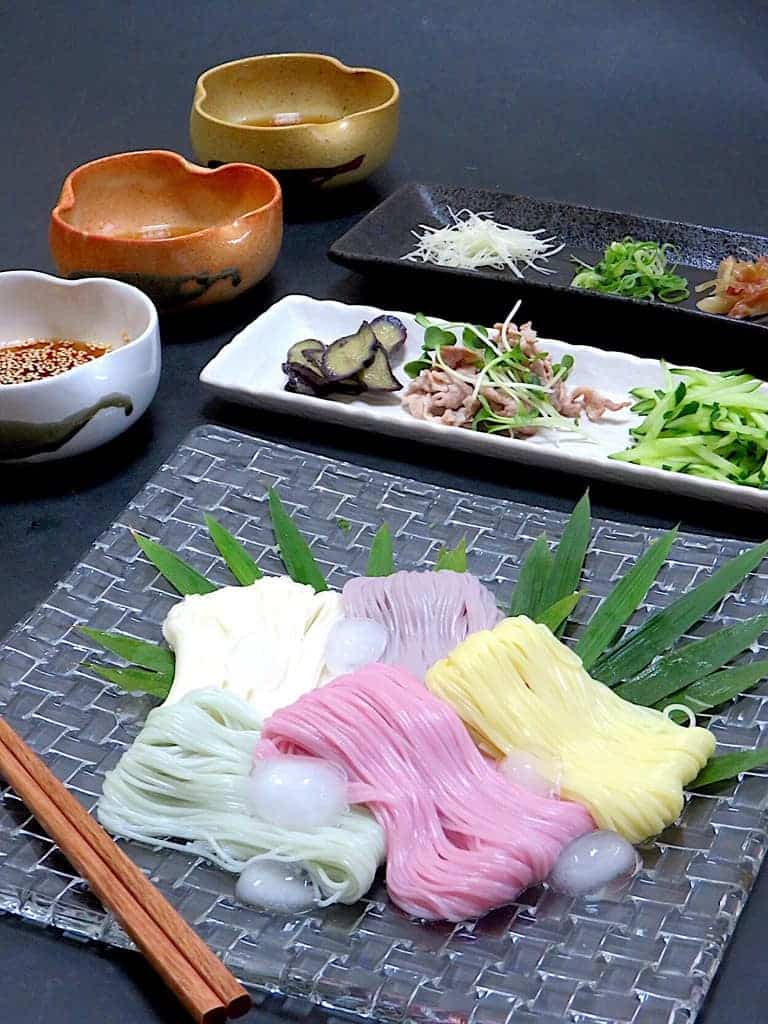
The most common recipe of Miwa Somen is adding soy sauce, seaweed broth and sweet sake to the noodles. Chopped green onions, sesame, Japanese ginger, seaweed, and ginger paste can be added to create a variety of flavors.
Today, there are different ways to serve Miwa Somen. See below recipes to that will surely tickle one’s taste buds.
Miwa Somen with Poached Egg
Make a poached egg.
Place somen in a bowl and place egg on top.
Add grated radish and cucumber and pour the soup.
Soup Recipe:
1/3 cup mirin
2 cups dashi
½ cup oil
Miwa Somen with Shabu Shabu Pork
Boil pork in dashi soup.
Drain somen and place in a bowl.
Put thinly-sliced cucumbers on the side and sprinkle with toasted sesame seeds.
Add broth and cooked pork on top of the noodles.
Stir-fried Miwa Somen
Deep-fry tofu cubes.
Stir-fry chopped white onions, sliced bitter gourd, and tofu.
Put in paprika, bean sprouts, and drained Somen.
Add equal parts of soy sauce and sweet sake.
Top with bonito flakes.
How to Enjoy Miwa Somen?

Nagashi Somen is the tradition of eating cold Miwa Somen together with family or a group of friends. A halved bamboo is used to let the noodles slide from the top while a sauce bowl catches it at the bottom.
It is also extremely important to partner Miwa Somen with delicious sauce. A great addition to Miwa Somen is shiitake. The umami of shiitake that is stewed in sugar and soy sauce gives the noodles an extra kick of savory. Cooking shiitake takes time but the flavor it gives is definitely worth the try.
Adding grated “daikon” or Japanese radish gives an extra cooling sensation to the noodles. Partner this with shredded tomatoes and cucumbers to complete the dish. Pickled plum or “umeboshi” is also a great ingredient to increase the refreshing effect of Miwa Somen. Its sourness cools down the body and its sweetness is a treat to one’s taste buds.
Condiments added to Miwa Somen are also key factors in enjoying the noodles. To be honest, anything that one can think of can be added. It’s just a matter of choosing the right condiments that go well with one another.
Where to Eat Miwa Somen?
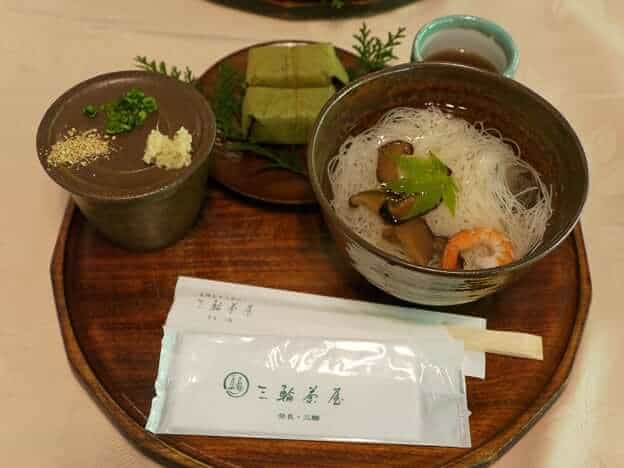
Want to taste authentic Miwa Somen? Book a visit to these restaurants known for serving flavorful noodles that will surely capture one’s heart.
Senjutei
It is a restaurant located in Sakurai City and known for its cozy atmosphere. This place is run by Ikenori, a famous establishment founded in 1850. Their kaiseki-style set is popular among restaurant frequenters.
Somen Dokoro Morimasa
Somen Dokoro Mori Morimasais an old folk house that’s sitting near Otori Shrine’s Nonotorii. This restaurant is known for its Hayashi Somen that’s only available from April to November.
Fukujindo
Located at the foot of Mt. Miwa, Fukujindo is one of the pioneering restaurants that serve authentic and traditional Miwa Somen. This is not just a favorite among the locals but also a popular place for visitors. Fukujindo is famous for its Bukkake Somen which is limited during summer and has won in the first Sakurai Gourmet Grand Prix.
Miwa Yamamoto
Founded in 1717, Miwa Yamamoto is widely known for their traditional chilled somen with soy sauce. The noodles are noticeably thin and firm which is a delight for those who are looking for authentic Miwa Somen. Miwa Yamamoto is also popular for their dish called “Manyo”. It is made up of Somen and pressed sushi that is wrapped in persimmon leaf. Manyo is served with “Kuzu Mochi” and “Kazi-no-ha zushi” which are staple food of Miwa. During cold season, Miwa Yamamoto also serves “Nyumen” or warm Somen which is highly recommended by the restaurant frequenters.
Have you tried Miwa Soumen already? If not, then this is the sign you’re waiting for!
Check here for Basic Soumen Information
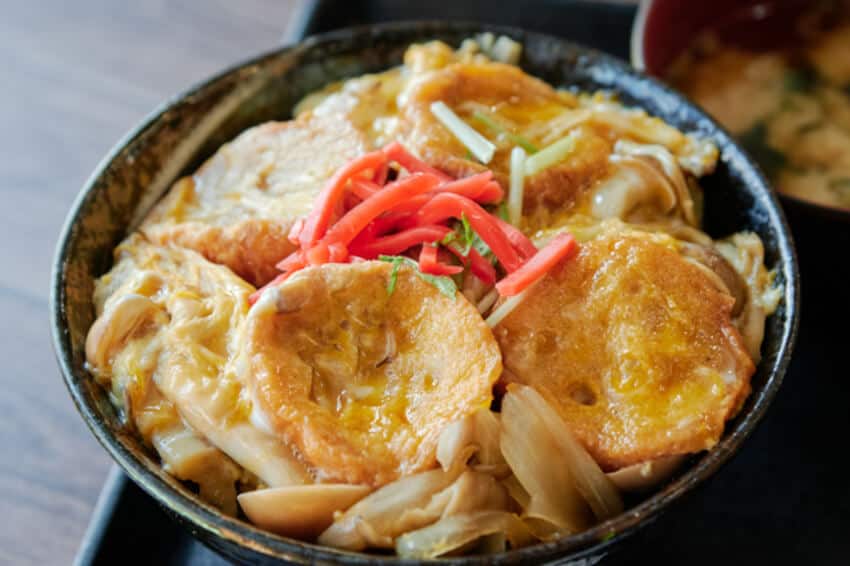
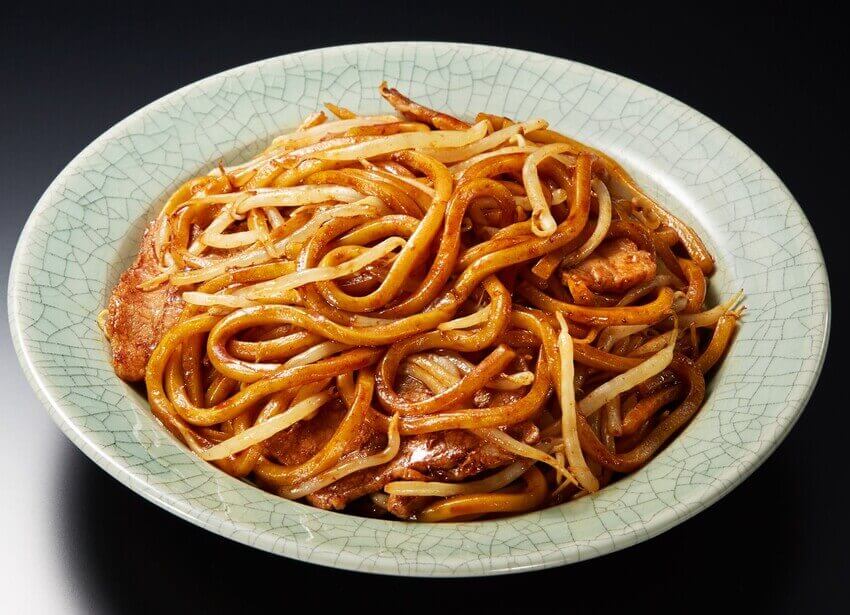




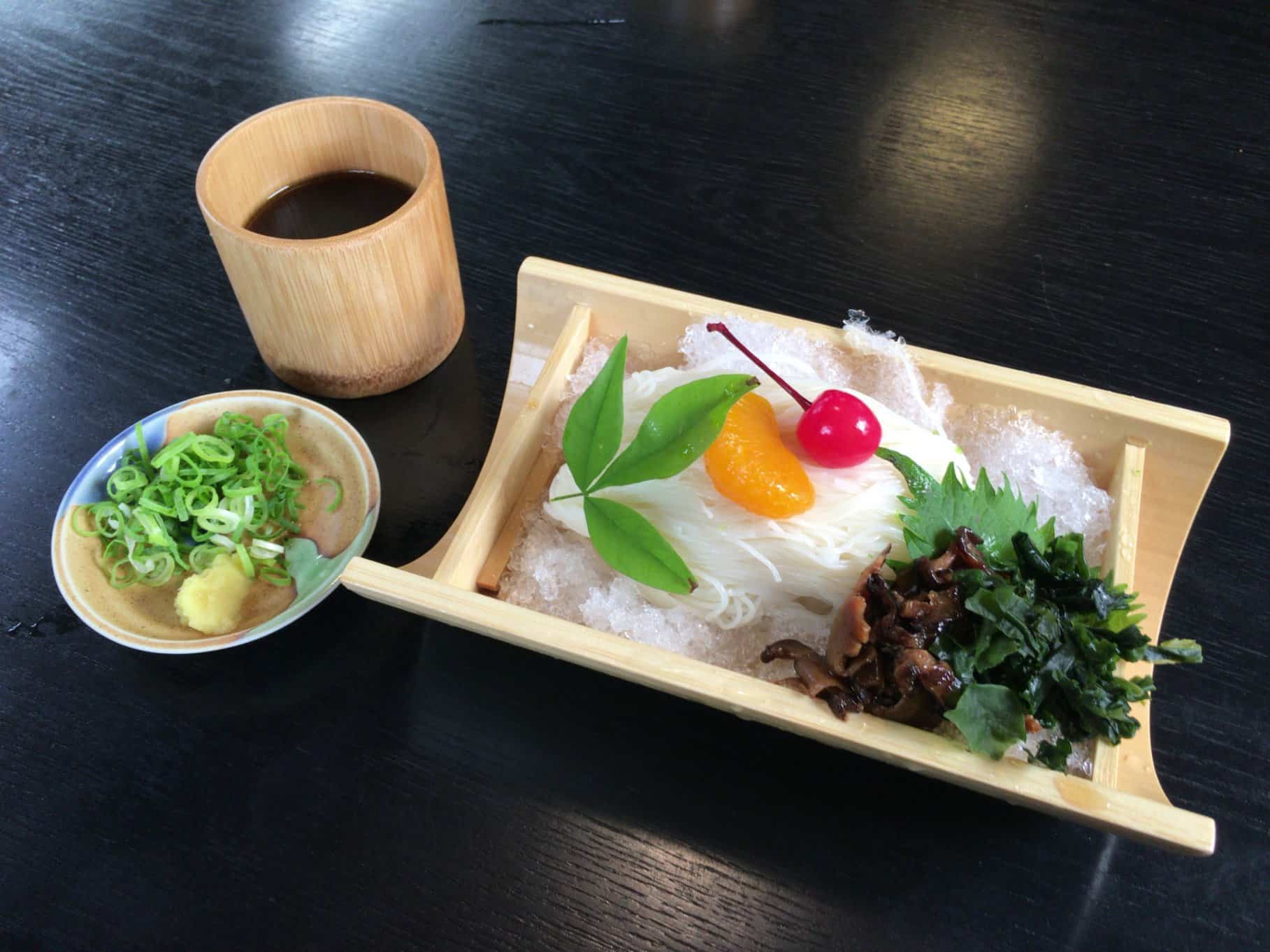
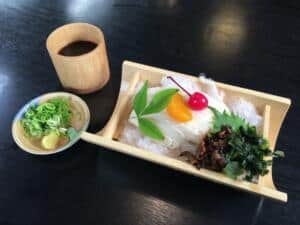
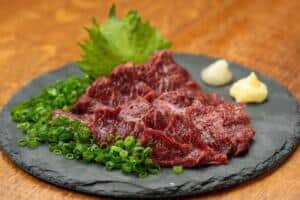
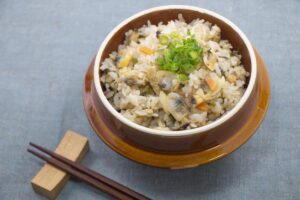
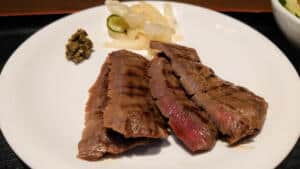
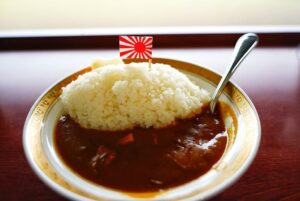
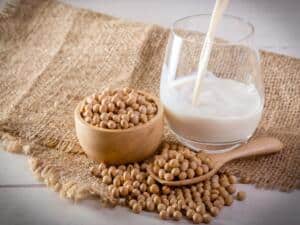
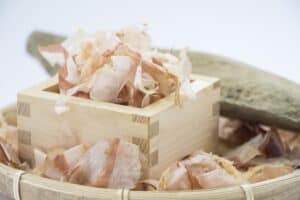
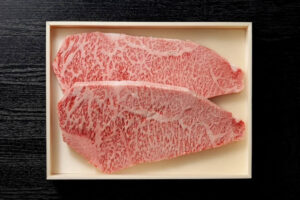
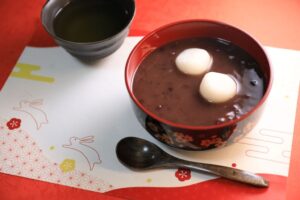
Comments